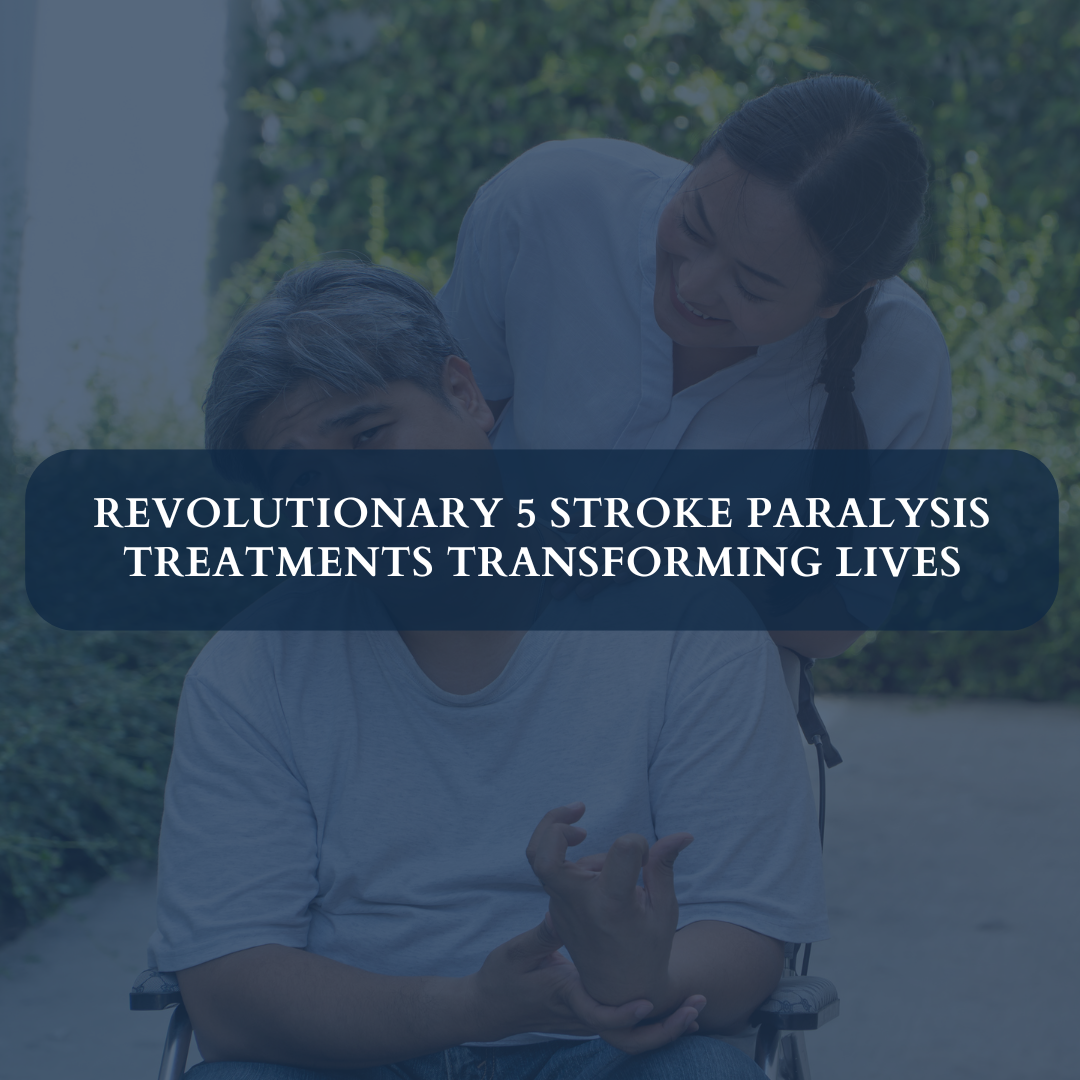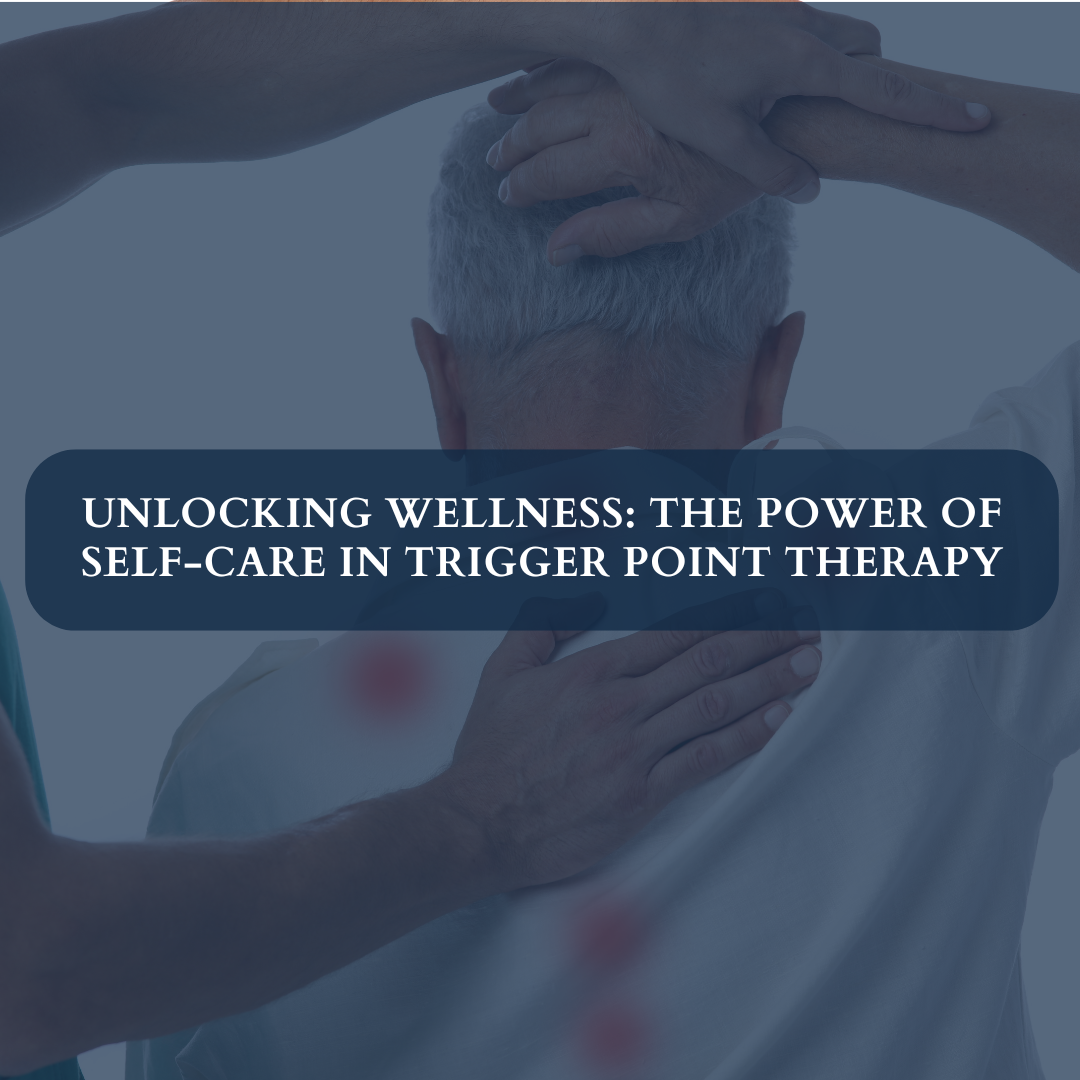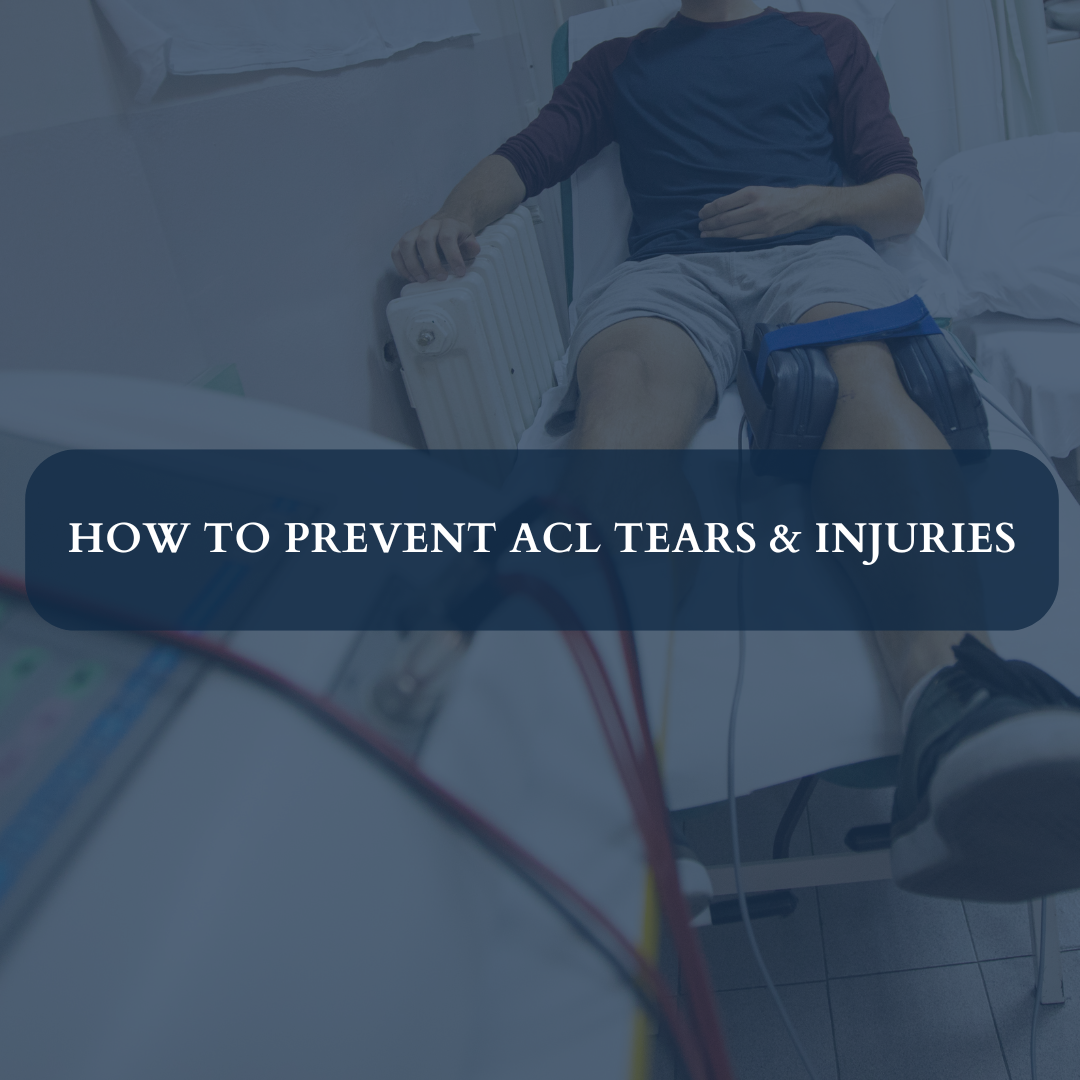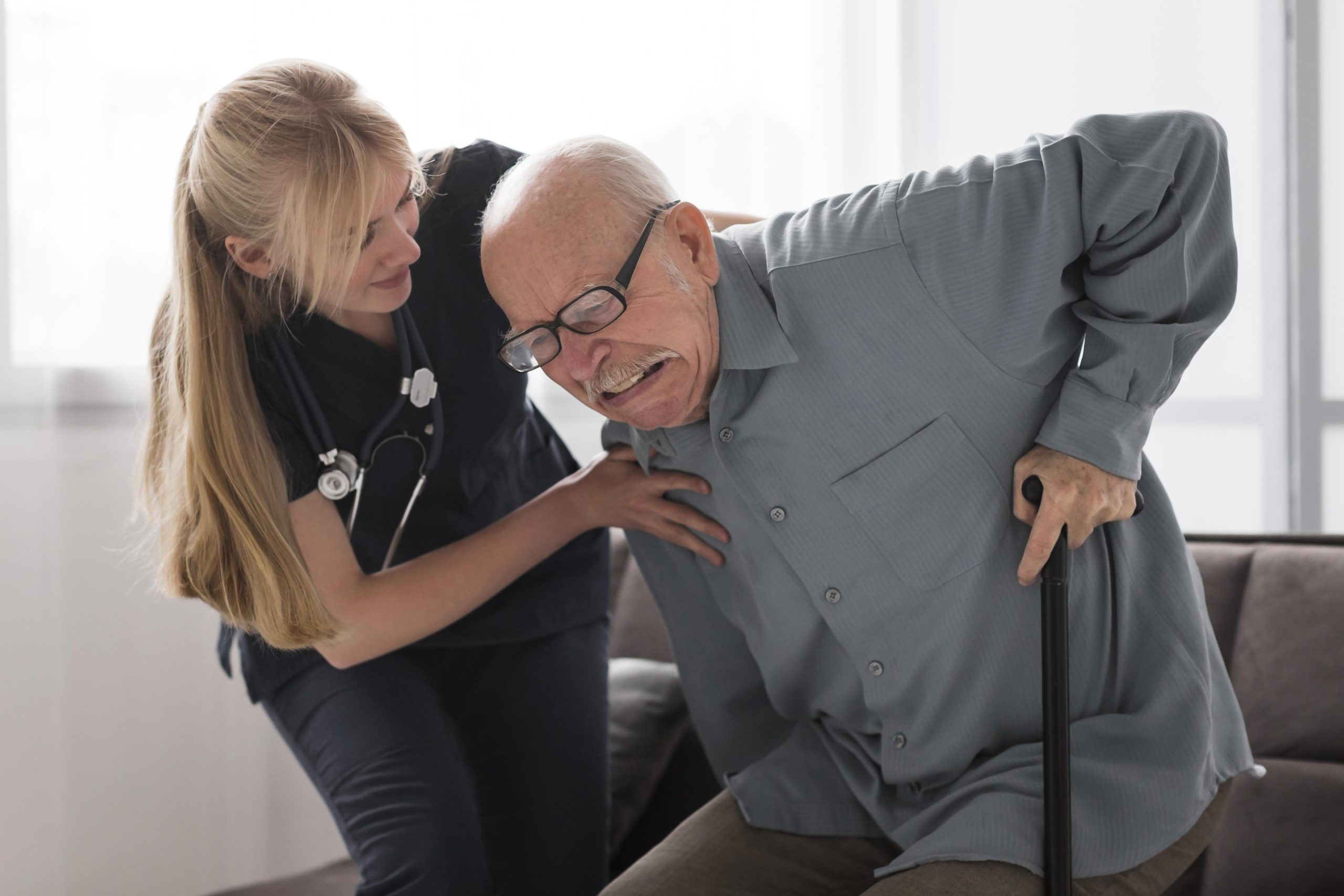Introduction
In the realm of medical science, advancements in stroke paralysis treatments have brought forth a glimmer of hope for individuals grappling with the aftermath of a stroke. Stroke, a debilitating condition often resulting in partial or complete paralysis, has long been a challenge for both patients and healthcare providers alike. However, with cutting-edge innovations and groundbreaking therapies, the landscape of stroke rehabilitation is undergoing a profound transformation. In this comprehensive guide, we delve into five game-changing treatments offering newfound hope for recovery and restoration of function post-stroke.
Neuroplasticity: The Key to Recovery
At the forefront of stroke paralysis treatment lies the concept of neuroplasticity, the brain’s remarkable ability to rewire and adapt following injury. Harnessing the power of neuroplasticity, rehabilitation therapies aim to stimulate neuronal connections, facilitating recovery of motor function and mobility. Innovative approaches such as constraint-induced movement therapy (CIMT) and mirror therapy capitalise on neuroplasticity, promoting significant improvements in motor skills and limb mobility among stroke survivors.
Robotic-Assisted Rehabilitation
Advancements in robotics have revolutionized the landscape of stroke rehabilitation, offering precise and targeted interventions to facilitate recovery. Robotic-assisted rehabilitation devices such as exoskeletons and robotic arms enable stroke patients to engage in repetitive, task-specific movements under controlled conditions, promoting motor learning and functional recovery. These state-of-the-art devices provide customized therapy regimens tailored to individual needs, optimizing rehabilitation outcomes and fostering independence.
Stem Cell Therapy: Regeneration at its Finest
Stem cell therapy emerges as a promising avenue for stroke paralysis treatment, heralding a new era of regenerative medicine. By harnessing the regenerative potential of stem cells, researchers seek to repair damaged neural tissue and restore lost function following a stroke. Clinical trials investigating the efficacy of stem cell therapy have shown encouraging results, with some patients experiencing remarkable improvements in motor function and quality of life. While further research is warranted, stem cell therapy holds immense promise as a game-changing approach in stroke rehabilitation.
Neuromodulation Techniques: Pioneering Pathways to Recovery
Neuromodulation techniques offer novel strategies for enhancing neural plasticity and facilitating recovery post-stroke. Transcranial magnetic stimulation (TMS) and transcranial direct current stimulation (tDCS) are among the cutting-edge neuromodulatory approaches showing promise in stroke rehabilitation. By modulating neuronal activity in targeted brain regions, these techniques aim to enhance motor recovery and mitigate post-stroke impairments. As research in neuromodulation continues to evolve, these innovative therapies hold immense potential for optimising stroke rehabilitation outcomes.
Virtual Reality: Bridging the Gap Between Perception and Action
Virtual reality (VR) technology offers a revolutionary platform for stroke rehabilitation, blurring the lines between physical reality and digital simulation. Immersive VR environments provide stroke patients with engaging and interactive platforms for motor relearning and functional training. By simulating real-world activities in a virtual setting, VR-based rehabilitation programs promote active participation and motivation among patients, leading to significant gains in motor function and quality of life.
Conclusion
In conclusion, the landscape of stroke paralysis treatment is undergoing a paradigm shift, driven by innovative therapies and cutting-edge interventions. From harnessing the principles of neuroplasticity to leveraging state-of-the-art robotics and regenerative medicine, the possibilities for stroke rehabilitation are limitless. As researchers and clinicians continue to push the boundaries of medical science, the future holds promise for individuals affected by stroke, offering newfound hope for recovery and restoration of function.
Ready to explore your options for chiropractic and physiotherapy?
Contact SwastyaPhysio today to schedule a consultation and discover the best path to your wellness journey. We’re here to support your health every step of the way.
Banaswadi | HBR layout | Kalyan Nagar | Kammanahalli | Horamavu | Hennur






